The Dead Sea scrolls will arrive this summer at the San Diego Natural History Museum after a long, convoluted journey – one that was often interrupted by controversy.
The Bedouins who discovered the first seven scrolls in a cave near Qumran in 1947 often smuggled contraband across the desert. But they knew that selling these documents would be tricky, because excavating antiquities without a license was illegal in British Mandate Palestine.
Their “fence” proved to be a Bethlehem merchant who sold four of the scrolls for $100 to a Jerusalem-based archbishop. The famed Israeli archaeologist, Eleazar Sukenik, bought the other three, making the trek from Jerusalem to Bethlehem during the dangerous last days of the British Mandate.
As for the archbishop, he was unable to sell his scrolls – including a 24-foot-long book of Isaiah – for his set price of $1 million. So he placed an ad in the Wall Street Journal which essentially read, “scrolls for sale,” and sold them to Yigael Yadin (who happens to be Sukenik’s son) for $250,000.
In Jerusalem, the Shrine of the Book was built to house the seven scrolls the Bedouins had discovered in that long, narrow cave near Qumran, on the Dead Sea.
Other Bedouins continued to comb the hundreds of caves in the area, hitting the jackpot when they found what is now called “Cave Four.”
Beneath a meter of animal dung, bat guano and dirt, they discovered pieces of about 600 scrolls, in tens of thousands of fragments. Curators at the Palestine Archaeological Museum in East Jerusalem, then under Jordanian rule, eventually bought the scrolls and hired a small team of scholars to examine them. The scholars included John Strugnell of the Harvard Divinity School.
In the early 1950s, members of the team began the painstaking task of piecing together the often-blackened fragments, working at a number of long tables. The documents they reconstructed included perhaps the oldest biblical manuscript ever discovered: a book of Exodus, circa 250 B.C.E.
Because the Jordanians were in charge, no Jewish scholars were allowed to participate in the text work or in the excavations at Qumran, where the scrolls’ owners had lived. In fact, all the academics were Christian scholars (the head of excavations was a Dominican monk) who believed the scrolls and the ruins described the roots of Christianity and monasticism. For decades, they hoarded the scrolls, refusing to let any other scholars see them.
“They felt the real significance of the scrolls would be in explaining Christianity, because that was their interest,” said Lawrence Schiffman of New York University, an Orthodox Jew who himself was officially denied access (today he is considered among the foremost scholars in the field).
“I understand why people in general would fall into the trap of ‘Christianizing’ the scrolls,” Schiffman adds.
Scholars now believe the scrolls elucidate the world of the sectarians, a group of Jews who somehow became radicalized, perhaps in response to increased Hellenistic influences inside the Second Temple; they fled to Qumran to live pure lives in preparation for the Messiah. Their messianic preoccupation resonated with the Christian scholars, as did the sectarian’s belief that God had predestined every human act.
Sectarians also believed that “good” and “evil” did not come from within a person but from without; there was a spirit of good and a spirit of evil (“like Satan with a small ‘s,'” Schiffman said) warring for the soul of every human being.
In the “Scroll of the Sons of Light Against the Sons of Darkness,” the sectarians identify themselves as the sons of light, who are preparing for a holy war against the sons of darkness – meaning everyone else on earth. They are mandated to hate these enemies, whom they also refer to in another scroll as “the people in the pit.”
The original Christian scholars dominated scroll research even after the Six- Day War, when Israelis conquered East Jerusalem and took over the Palestine Museum (which was renamed the Rockefeller Museum). Israeli officials allowed the Christian scholars to continue hoarding the scrolls – until the frustration of other academics exploded into an international controversy in the late 1980s.
The monopolizing scholars are “like children who have the cookie jar all to themselves,” Hershel Shanks, editor of the Biblical Archaeology Review, publicly stated at a Princeton University conference on the scrolls.
At the same conference, John Strugnell, then editor-in-chief of the international scrolls publication team, replied that his scholars were working at an acceptable pace, and that “We seem to have acquired a bunch of fleas who are in the business of annoying us.”
The change came when an Israeli newspaper quoted Strugnell as saying that Judaism was a horrible religion that should not have survived. He was hospitalized for bipolar disorder in 1990 and dismissed from his post as scrolls editor in chief, according to a 1991 NOVA documentary, “Secrets of the Dead Sea Scrolls.”
The texts were “liberated” the following year, when scholars at Hebrew Union College-Jewish Institute of Religion clandestinely reconstructed the scrolls on a home computer, using an index that Strugnell had given them, among other developments.
With all scholars allowed access to the texts, new research about the sectarians began to emerge, contradicting earlier theories that the sectarians were proto-Christians. Schiffman, along with many other academics, now believes that the sectarians were extremists – but within a Jewish tradition. The Qumranites shared ideas about Shabbat that were similar to those of other Jews of the period (and to Jews today). They also observed mikvah rituals (although they immersed far more often than other Jews, submerging before every meal, for example). And their biblical manuscripts were essentially the same as those we have today, with what are mostly minor variations.
“Of course the sectarians do not represent the views of the average Jew running around in the first and second centuries B.C.E.,” Schiffman said. “But the only way to understand the scrolls is within the context of the history of Judaism.







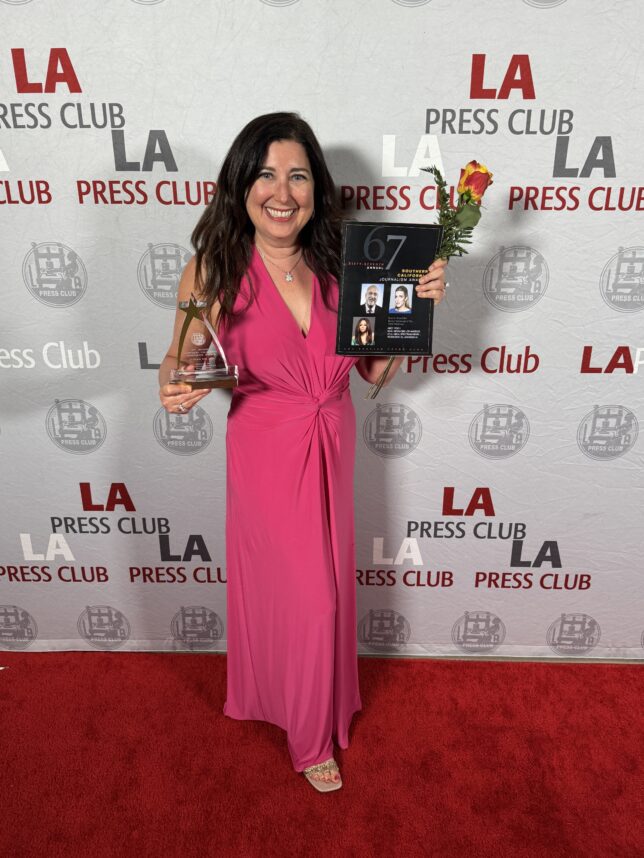
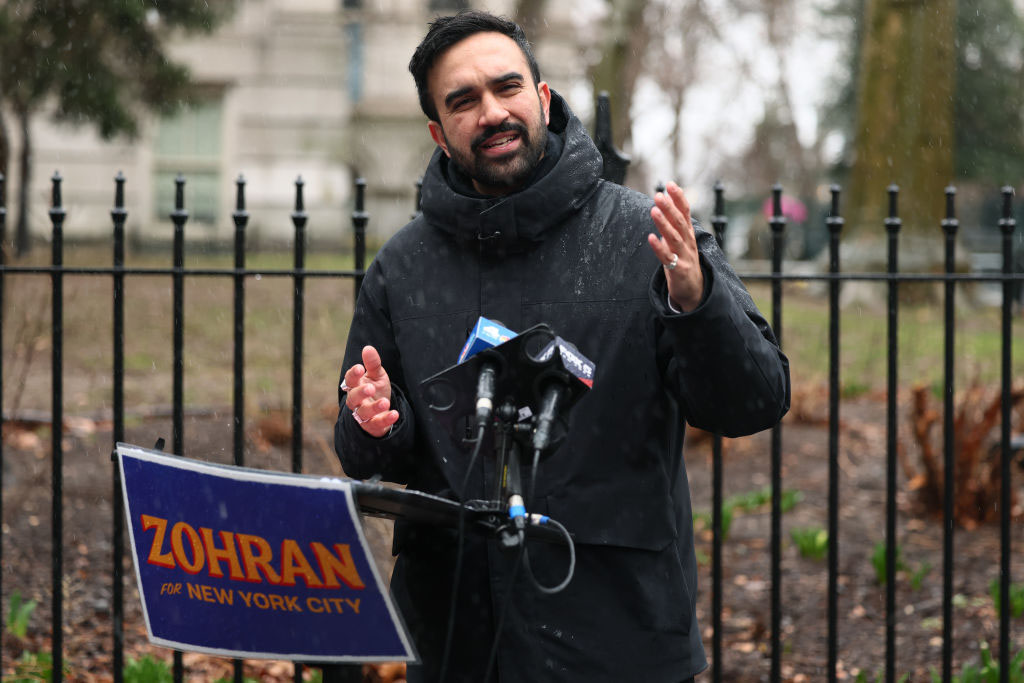
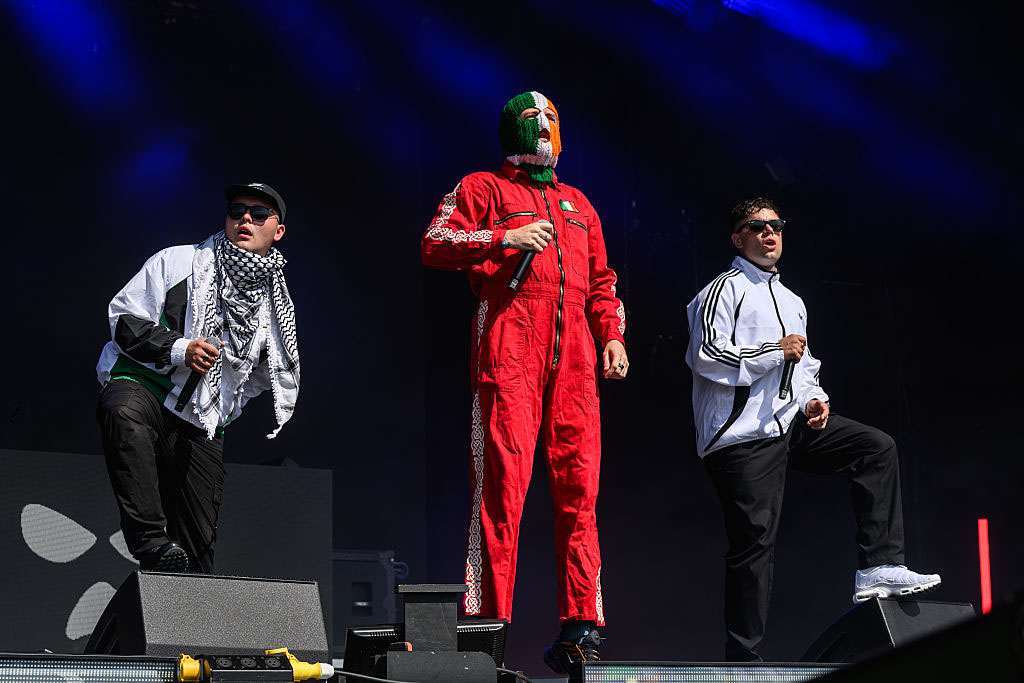









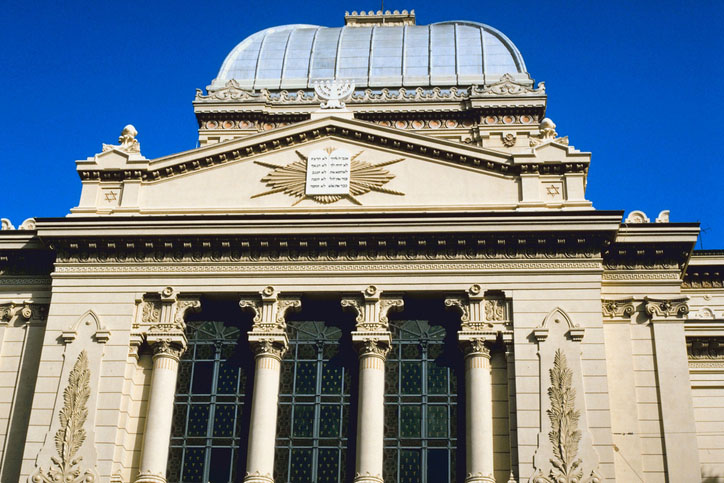
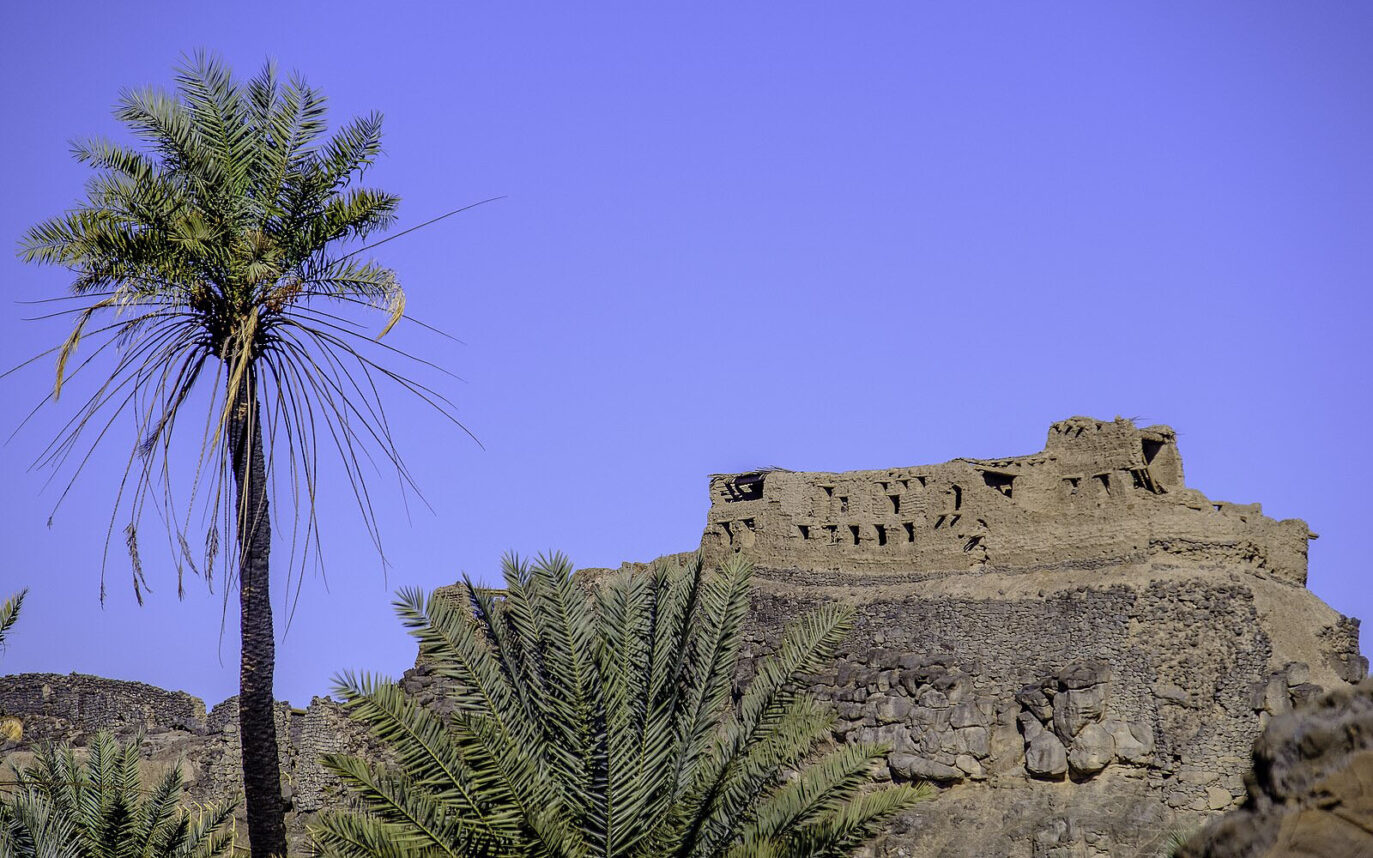
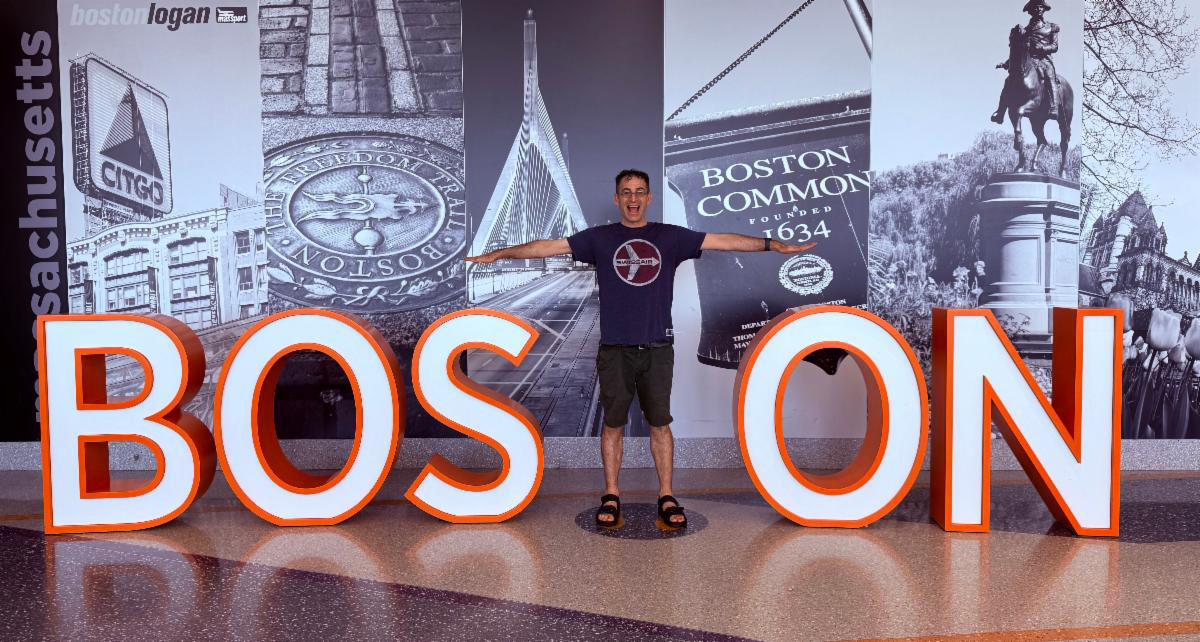
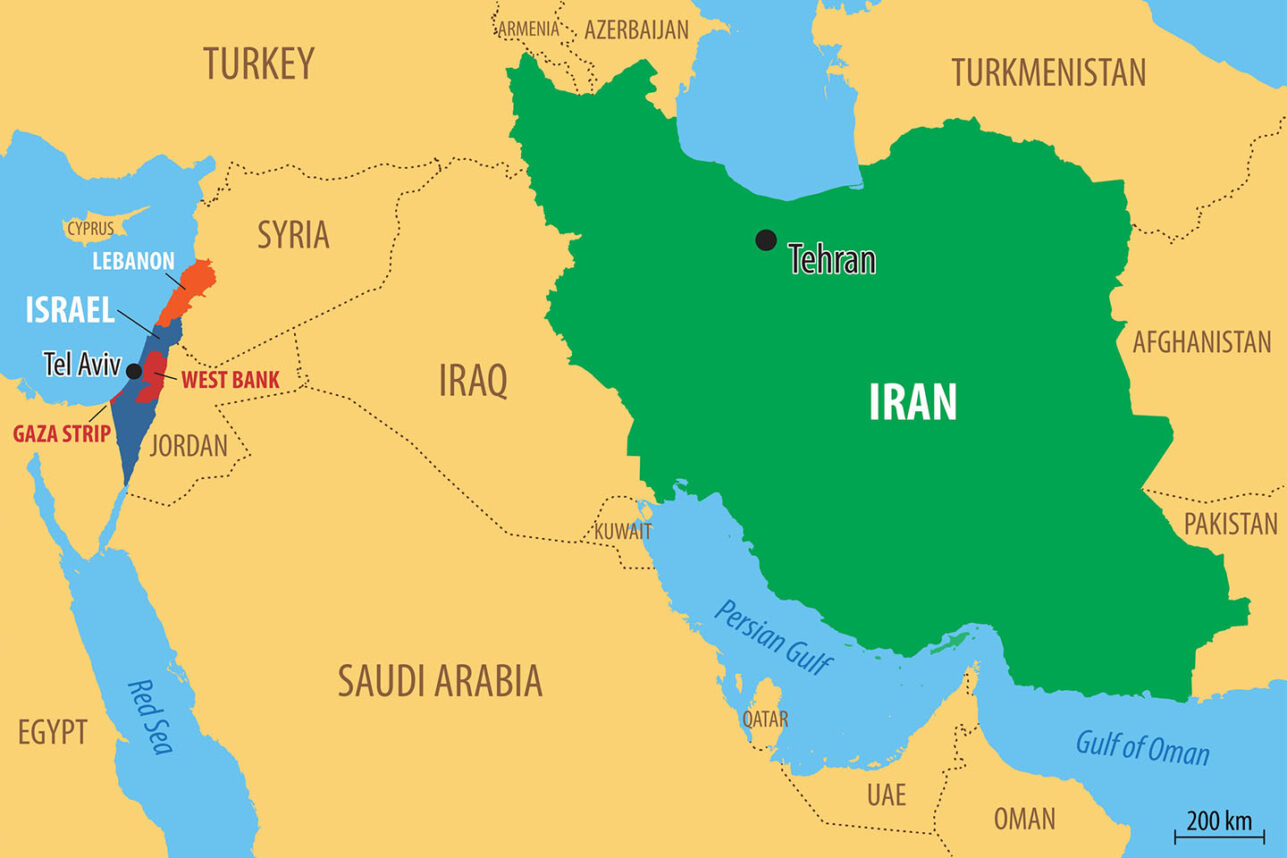
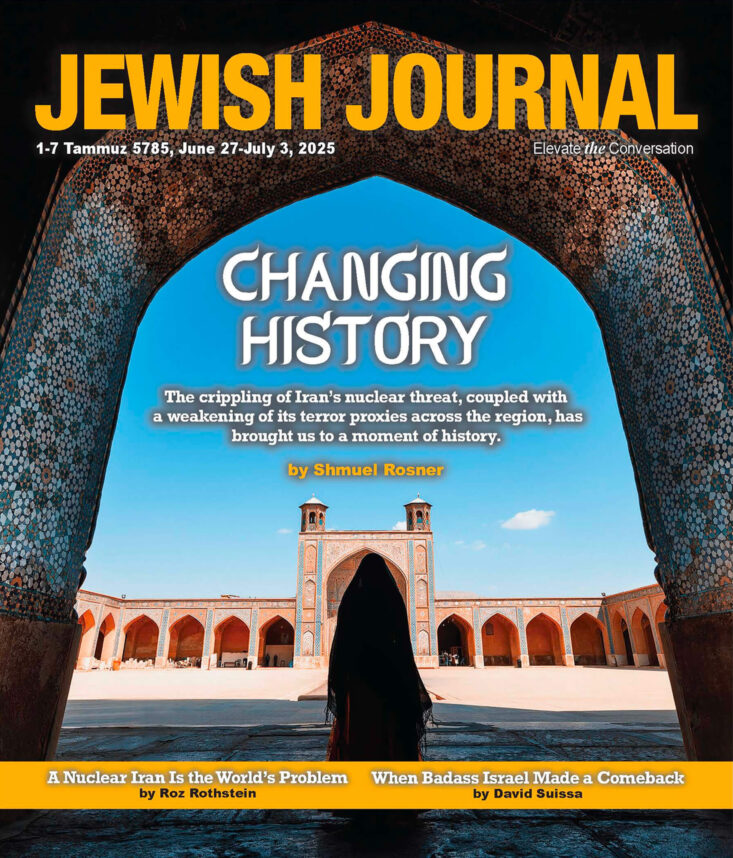
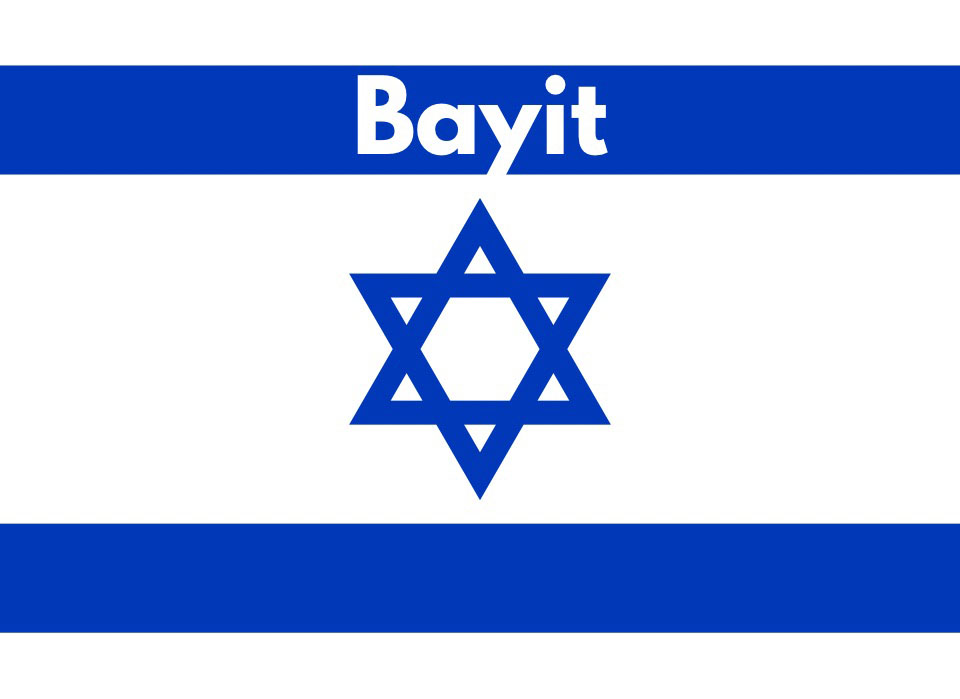
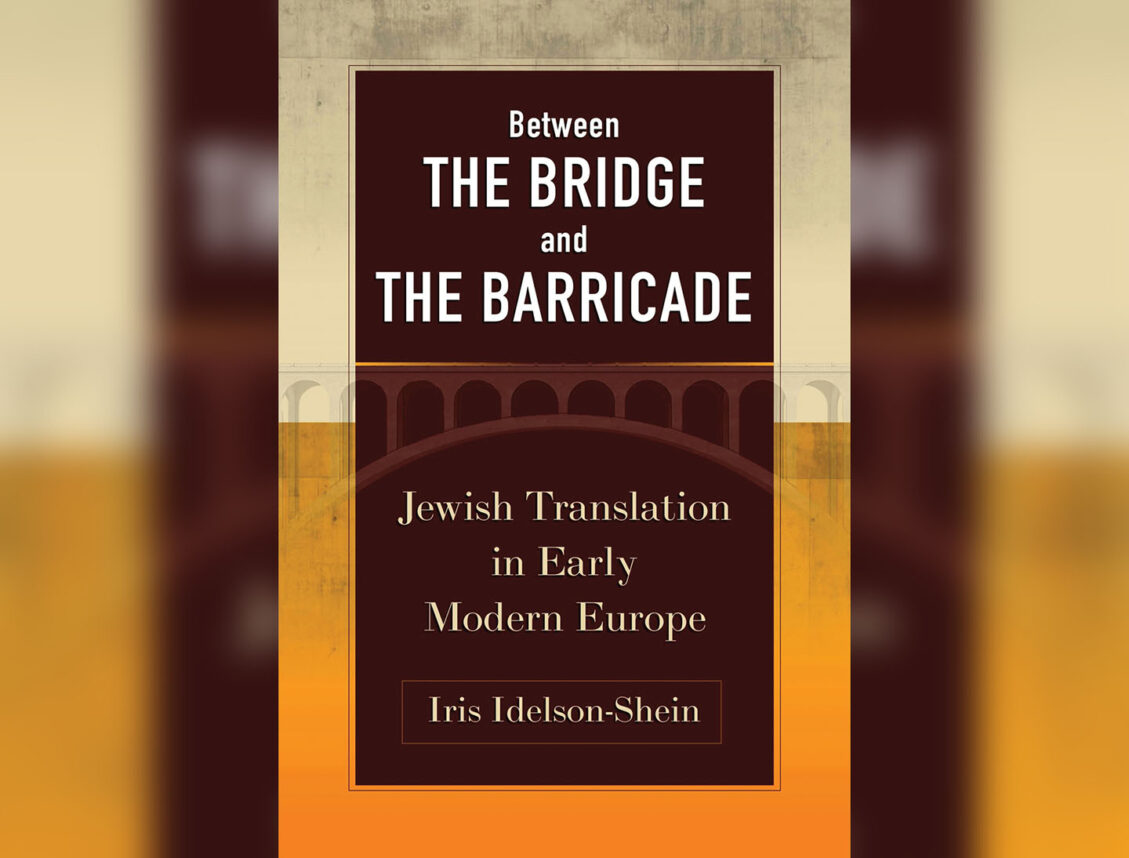

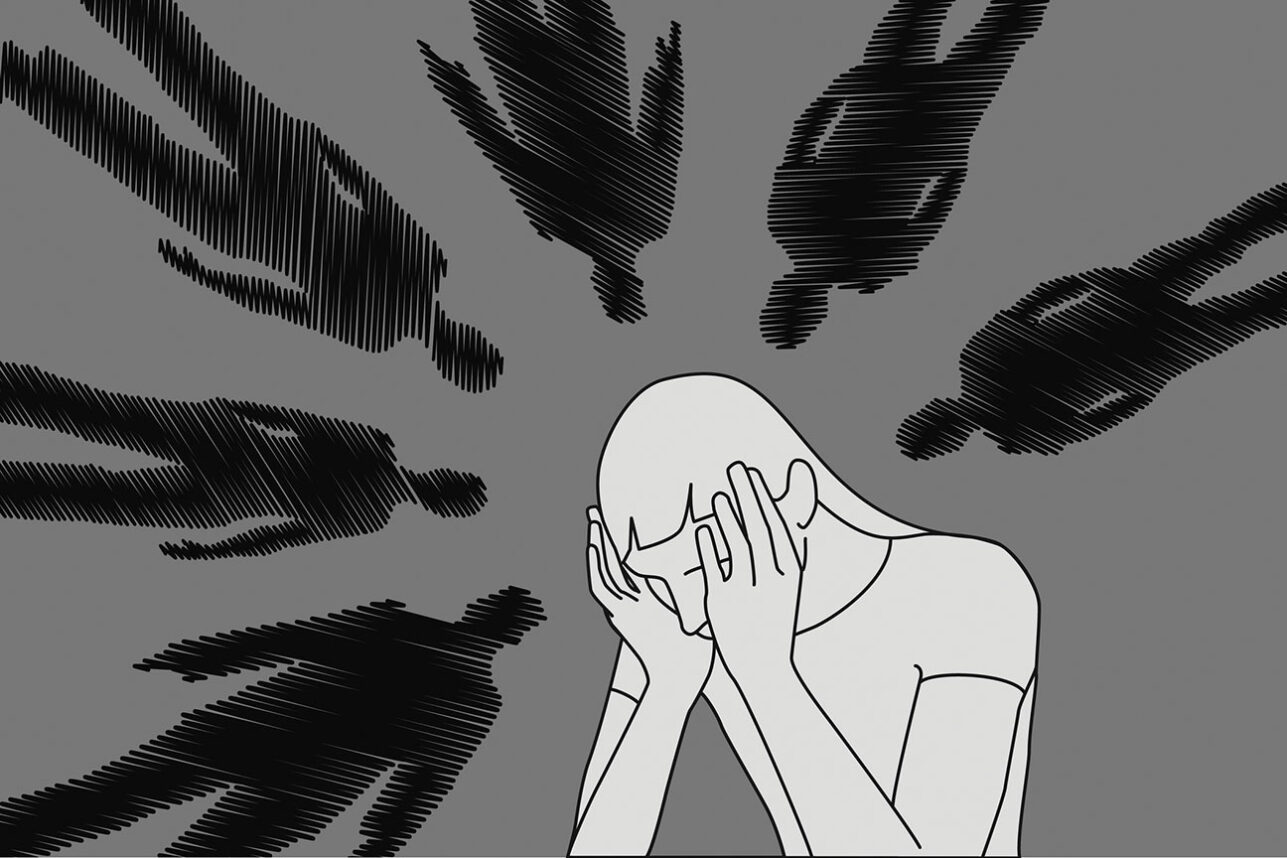
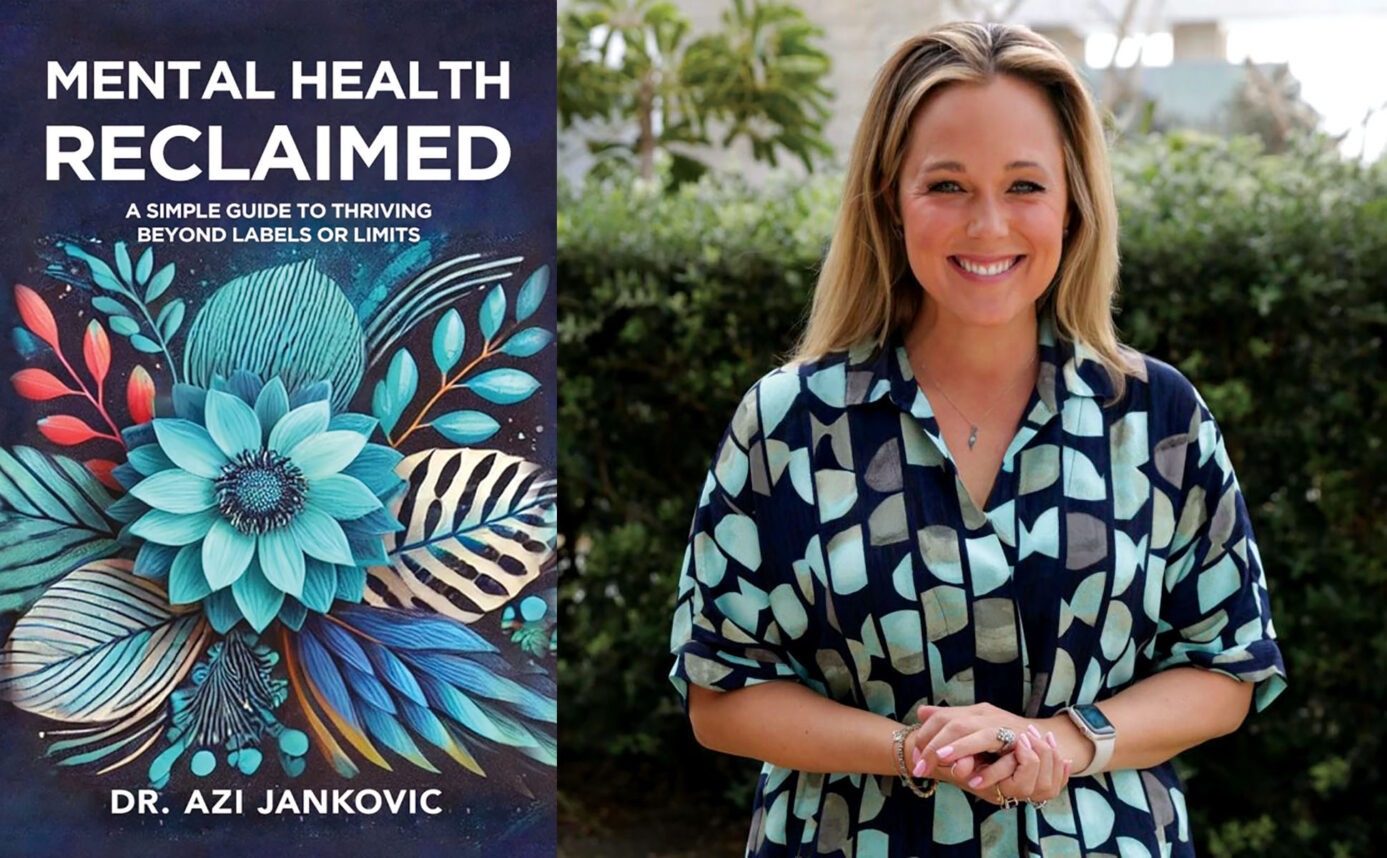
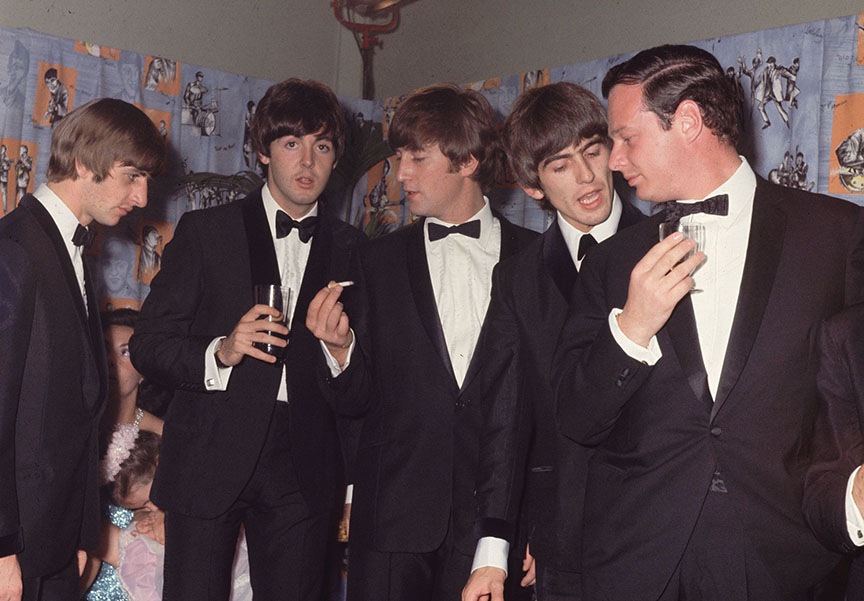



 More news and opinions than at a Shabbat dinner, right in your inbox.
More news and opinions than at a Shabbat dinner, right in your inbox.